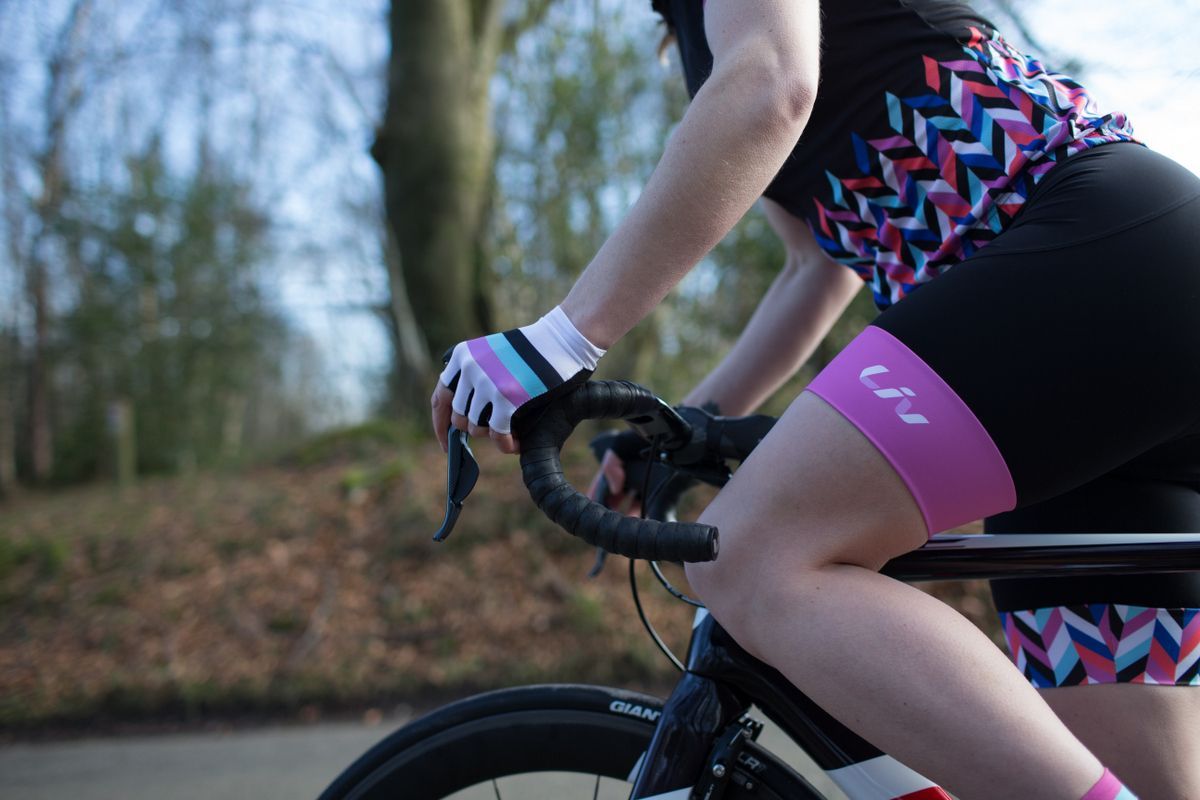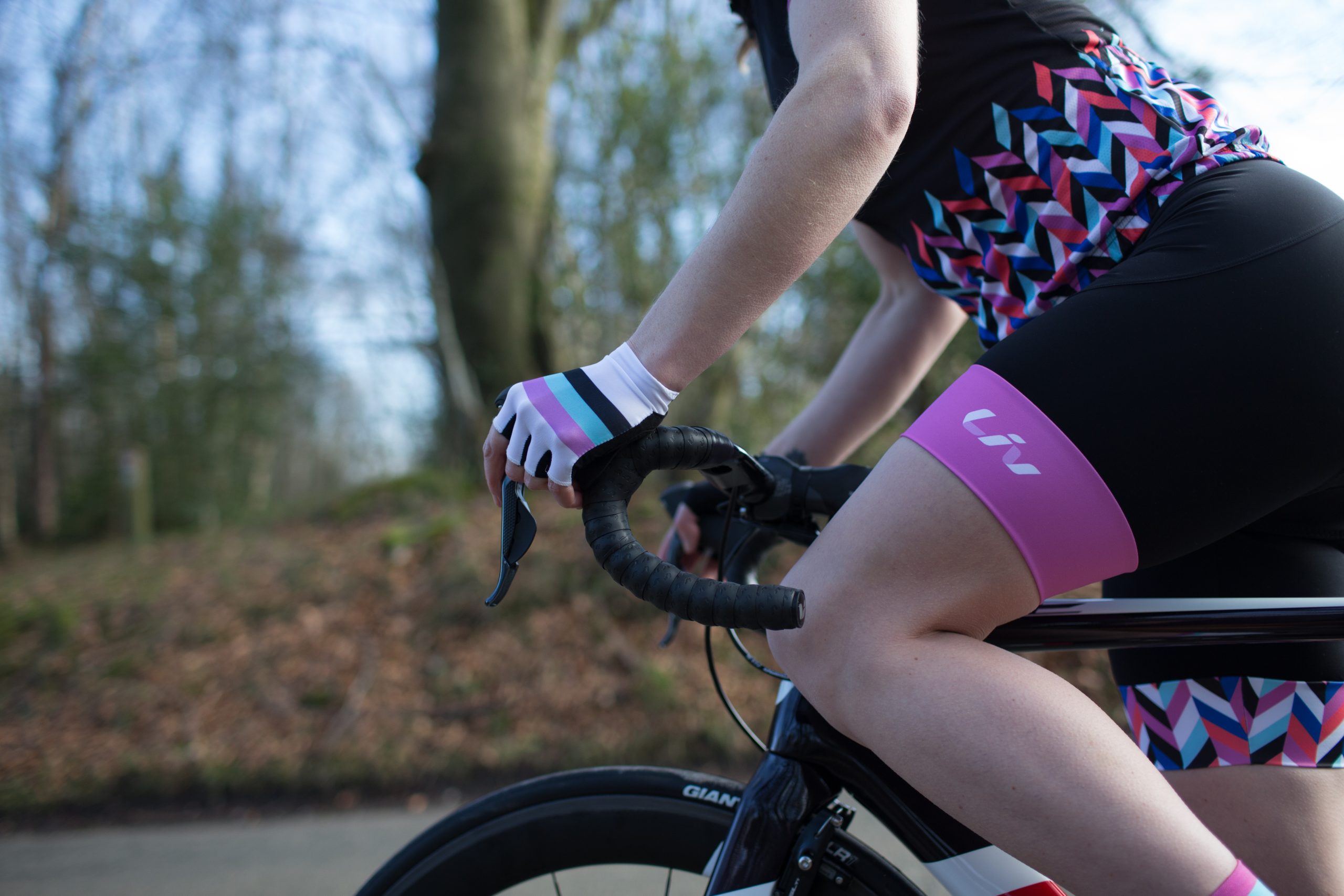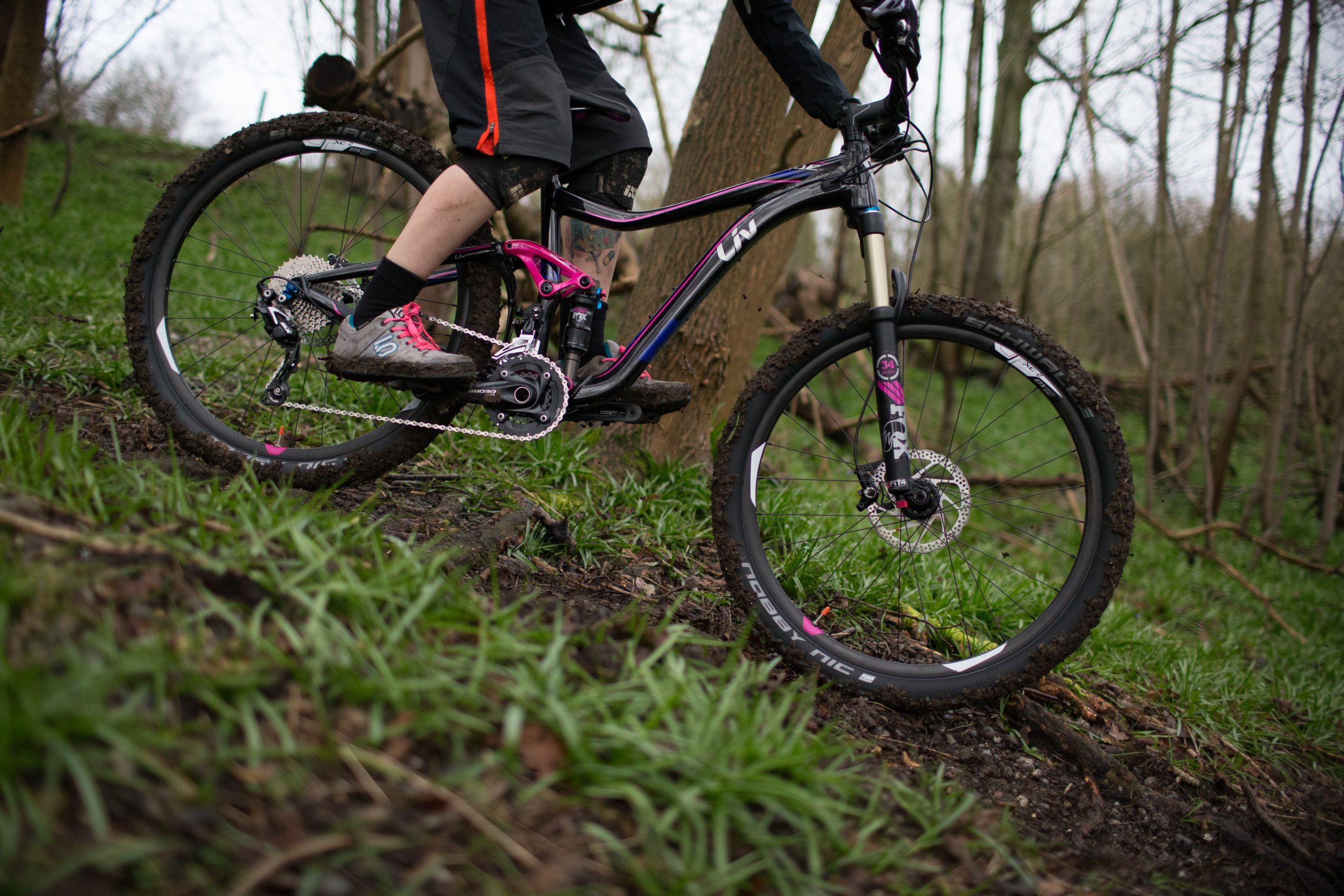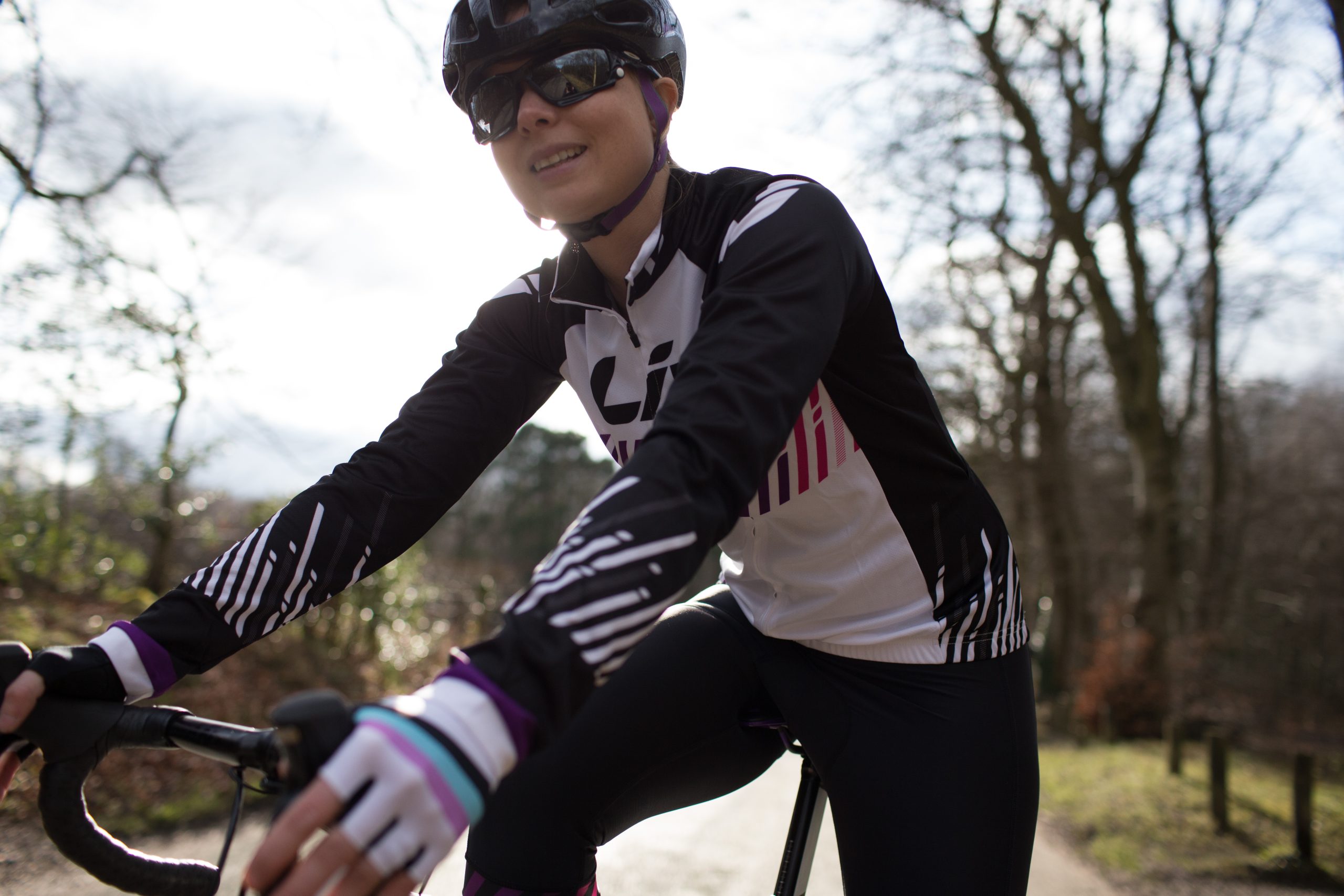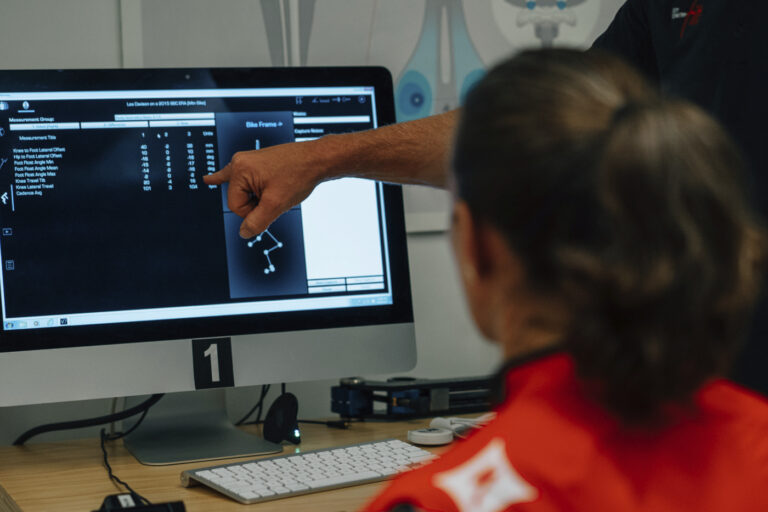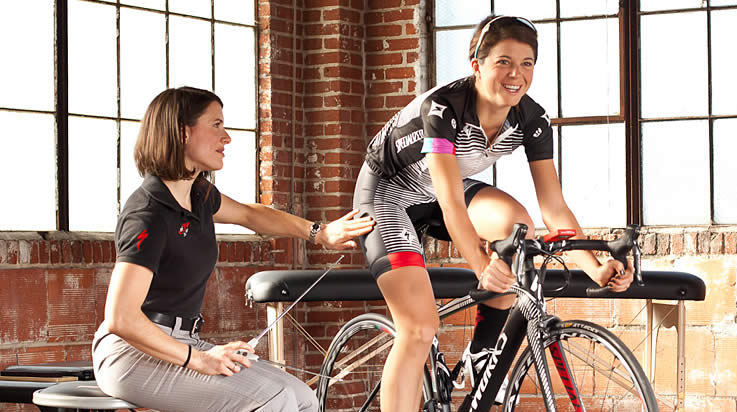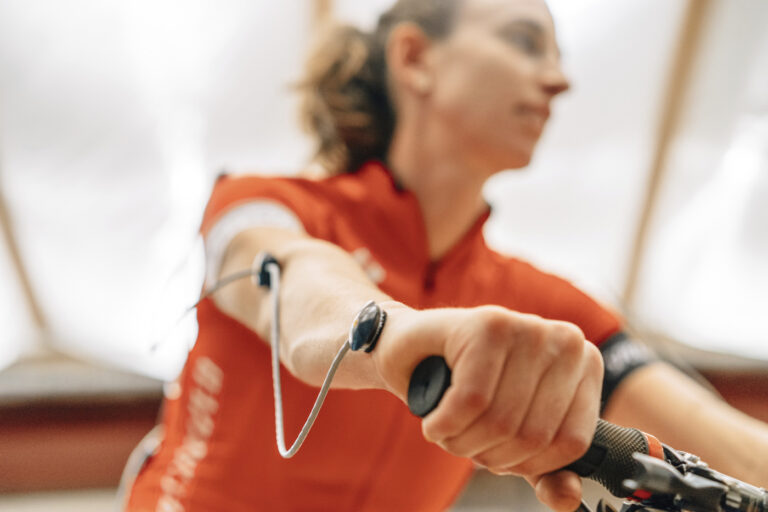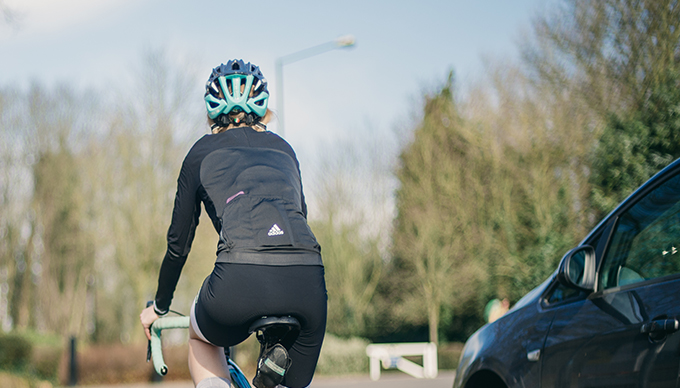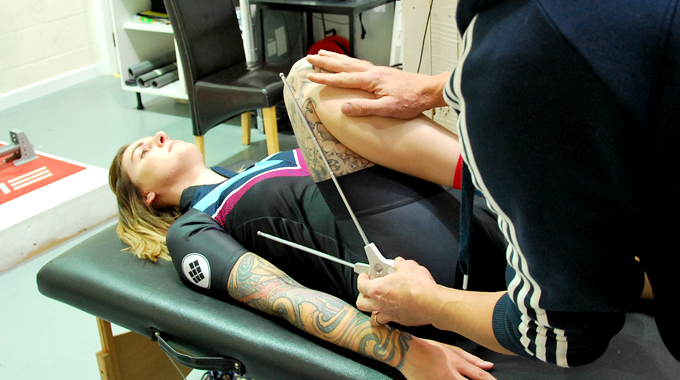When Liv launched as its own entity in 2010, the objective was always to create female specific bikes and riding gear to get more women cycling.
Each bike within the range is built from the ground up with a rider in mind: her goals, her riding style and her average body shape. Anecdotal evidence from female riders certainly tells us that lots of women seem to get on with their creations but with the debate around women’s bike geometry still on-going we wanted to better understand the reasons behind creating female specific bikes in the first place.
Most of us have heard the arguments – there are three broad beliefs:
- Women need bikes with a shorter reach to men and we should create bikes for this average woman
- Women need bikes with a slightly shorter reach, so we’ll create unisex frames and tweak their bikes by using shorter stems and changing the saddle
- There aren’t obvious average differences in proportions between men and women. Changes should be made at a bike fit for every individual. There is no average.
Liv believe most women need women’s bikes. Global Product Marketing Specialist Erin Lamb tells me: “Some brands take a man’s bike, make it smaller and paint it pink. But it’s never been our approach. We look at who is going to be riding it, we understand the consumer, her goals and what she wants, and we build a bike for her. We build it from the ground up for our consumer.”
Shrinking and pinking still happens, but in recent years we’ve seen more brands taking a more considered approach. What I want to understand are the facts of the situation – the numbers behind why we have women’s bikes. I spoke to Lamb, and her colleague, Global Category Manage Cassandra Chou.

